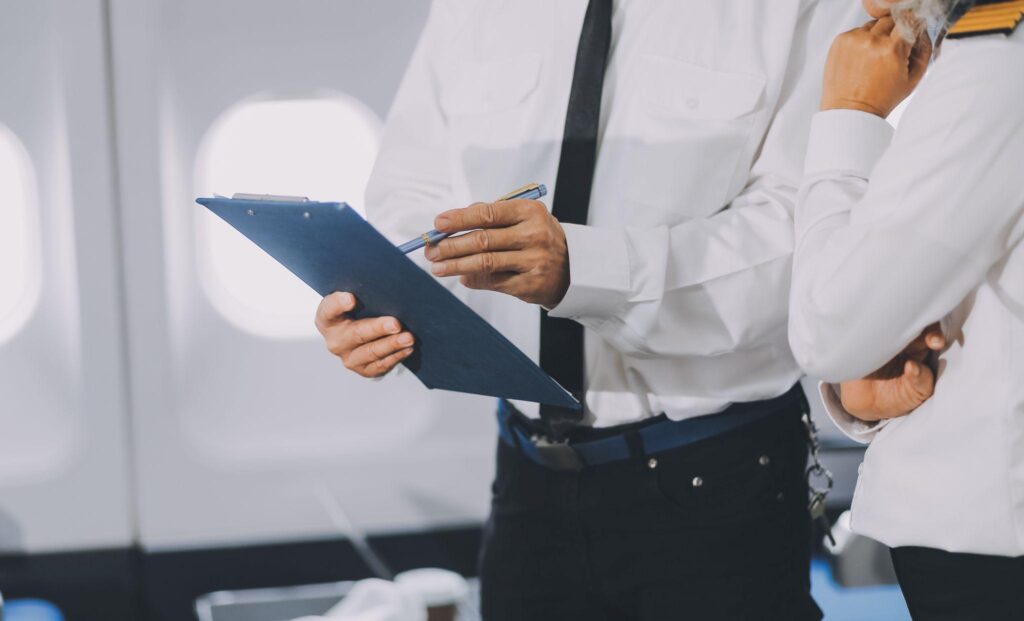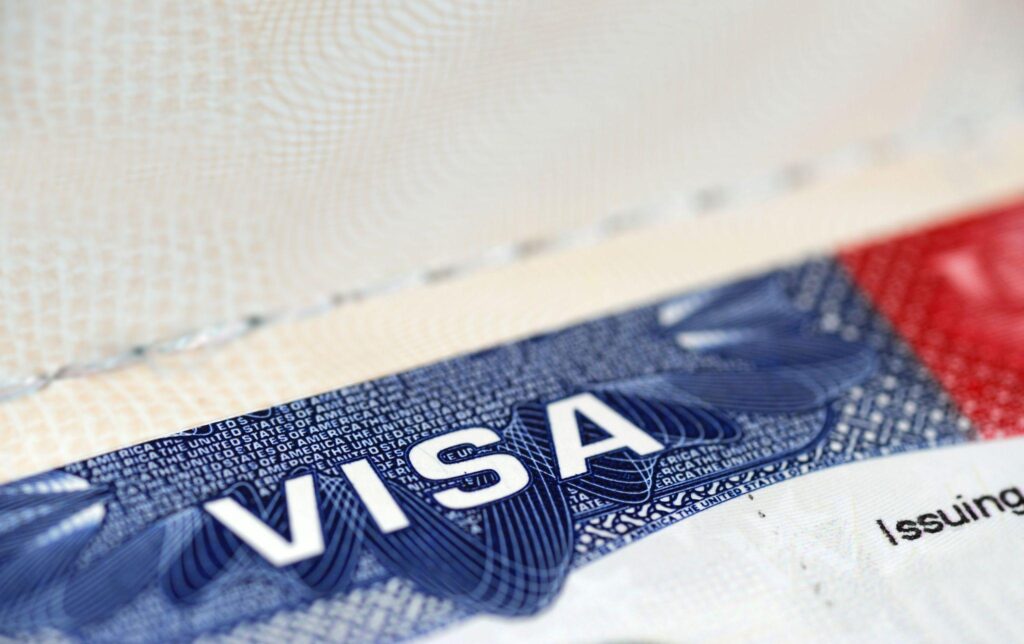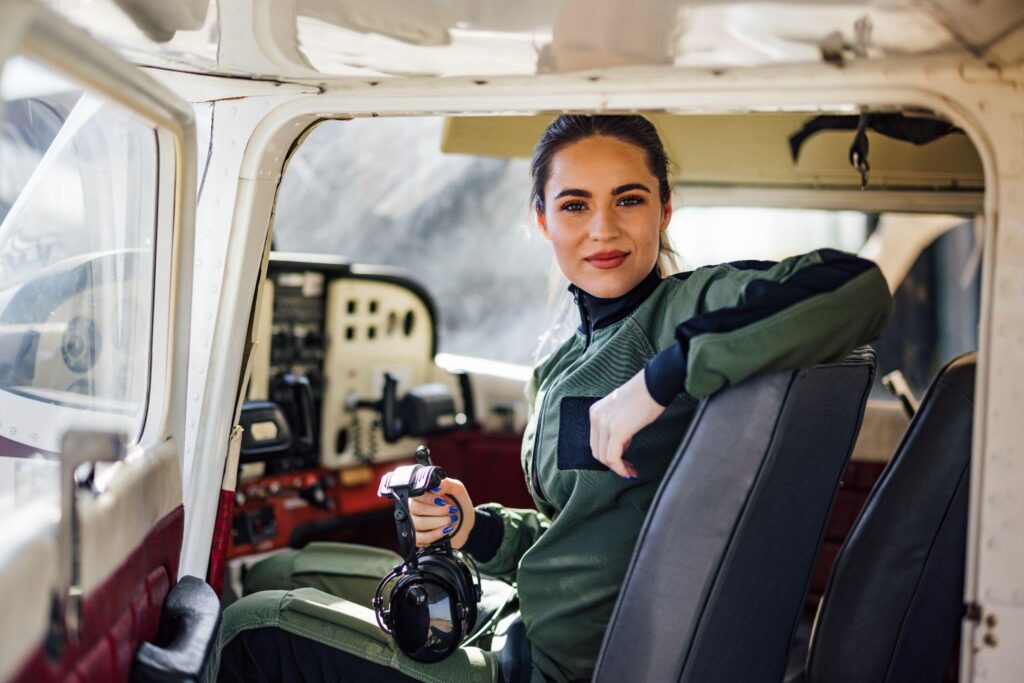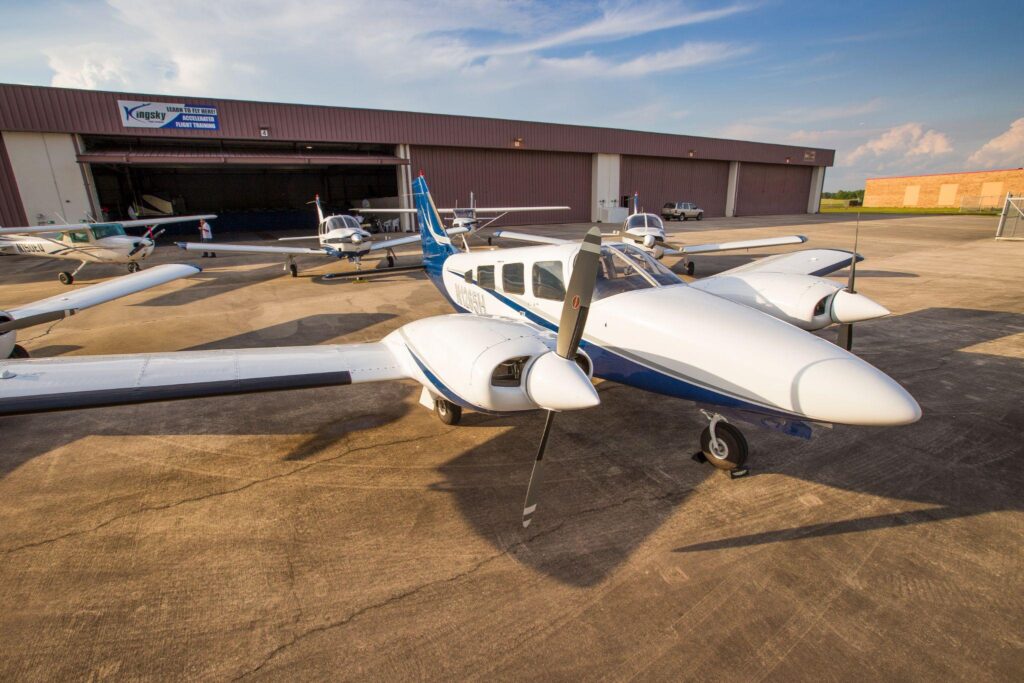Yes, an international student can become a pilot in a U.S.-based airline, including major airlines such as Delta, American Airlines, and many more. However, achieving this goal requires careful planning, completing the right flight training, and understanding the immigration and certification processes involved.
While most U.S. airlines prioritize candidates who are citizens or permanent residents, international students can absolutely begin pilot training in the United States, build the required experience, and eventually work toward a career in aviation. The path is achievable with determination and the right guidance.
The Path to Becoming a Pilot in the U.S.
For any aspiring airline pilot, understanding the general requirements is essential before enrolling in a flight school.
General Requirements
- Minimum Age: 18 to hold a Commercial Pilot License (CPL) and 23 to apply for the Airline Transport Pilot (ATP) certificate
- Education: A high school diploma is the minimum schooling requirement
- Medical Certification: International students must pass an FAA First-Class Medical Exam to be eligible for airline employment
- FAA Licenses: Required certifications include Private Pilot License (PPL), Instrument Rating (IR), Commercial Pilot License (CPL), and ultimately, Airline Transport Pilot (ATP)
- Flight Hours: A minimum of 1,500 flight hours is typically required for airline employment, often built through instruction or time-building jobs
Can International Students Train to Be Pilots in the U.S.?

Yes, international students are welcome to pursue pilot training in the United States. In fact, the U.S. is a popular destination for students from around the world due to the high standards of training and the availability of flight schools with advanced aircraft and experienced instructors.
Eligibility for Flight Training
International students must meet the following criteria to begin training:
- Demonstrate proficiency in English, the global language of aviation
- Complete TSA clearance before starting flight training
- Obtain a valid M-1 student visa for vocational studies
M-1 Visa for Flight Training
The M-1 visa is specifically designed for students enrolling in vocational or non-academic programs, including flight training. This makes it the most appropriate visa option for students training at dedicated flight schools like Kingsky Flight Academy.
While the M-1 visa does not include work authorization after training, it provides a clear and focused path for completing your pilot certifications in the United States. Kingsky Flight Academy assists international students throughout the M-1 visa process, including issuing the required Form I-20 and offering guidance on maintaining visa compliance.
SEVP-Certified Flight Schools
Only flight schools approved by the Student and Exchange Visitor Program (SEVP) can enroll international students. Kingsky Flight Academy is SEVP-certified and experienced in assisting students from around the world. Our team ensures that every international student receives the guidance needed to begin training with confidence and clarity.
Visa Pathways to a Career in Commercial Aviation

After completing flight training in the U.S. on an M-1 visa, international students must consider their next steps carefully if they wish to work in American aviation. While the M-1 visa allows students to complete pilot certifications at flight schools like Kingsky Flight Academy, it does not permit employment or flight hour building in the U.S. after training.
Planning Beyond the M-1 Visa
For international students aiming to fly for a U.S.-based airline in the future, the following long-term options may apply:
- Gain additional flight experience in your home country or through international aviation opportunities
- Explore employment-based immigration routes such as the EB-2 National Interest Waiver (NIW) or EB-1A for individuals with exceptional qualifications
- Pursue U.S. permanent residency (green card), which is typically required for employment with most U.S. airlines
Kingsky Flight Academy helps students understand these considerations so they can plan strategically for long-term success in commercial aviation.
Building Flight Hours After Training

After completing your initial pilot training, accumulating flight hours is essential to qualify for airline positions, especially those requiring an FAA Airline Transport Pilot (ATP) license.
Common Ways to Accumulate Hours
- Certified Flight Instructor (CFI): Teaching others is the most common and effective way to reach 1,500 flight hours.
- Banner Towing and Aerial Surveying: These are alternative time-building jobs.
- Charter and Cargo Operations: Some regional jobs may help gain experience quickly.
While Kingsky Flight Academy offers a structured program to help you earn your CFI certificate, it’s important to understand that the M-1 visa does not allow employment or compensation-based flight time within the U.S. This includes working as a flight instructor.
Any flight time built for career advancement must occur outside the United States or after a legal change of visa status. Understanding these visa-related limitations is crucial for planning your next steps and ensuring a smooth, compliant transition from student to professional pilot.
Getting Hired by a U.S. Airline
Most U.S.-trained pilots begin their careers at regional airlines. These airlines offer valuable experience and may provide a path to major carriers such as American Airlines, Delta, or United.
Most U.S.-based airlines require pilots to be U.S. citizens or permanent residents, and very few offer visa sponsorship for foreign pilots. International students who wish to be competitive for these positions often pursue permanent residency or citizenship over time.
FAQs
Is it possible for an international student to become a pilot for a U.S. airline?
Yes, with the right training, visa strategy, and work authorization, it is possible over time.
What is the best visa for pilot training?
The M-1 visa is specifically designed for vocational programs like flight training and is commonly used by international students attending flight schools such as Kingsky Flight Academy.
Can I work after finishing flight school in the U.S.?
The M-1 visa does not permit post-training employment. Students who wish to work in the U.S. after training must pursue a change of visa status or return to their home country to gain experience.
How long does it take to become a commercial pilot in the U.S.?
Most students complete their pilot training in 12 to 18 months. Additional time is then needed to build the required flight hours for airline employment.
Do U.S. airlines hire pilots who were international students?
Yes, but most airlines require pilots to have U.S. citizenship or permanent residency. International students often gain experience abroad before applying for long-term immigration options.
Your Flight Training Journey Begins Here

So, can an international student become a pilot for a U.S. airline? Yes, it is possible. Although the path may take time and involve multiple steps, many pilots from around the world have successfully trained in the U.S. and advanced their careers in commercial aviation.
At Kingsky Flight Academy, we are proud to support international students throughout their pilot training. With top-tier instructors, structured programs, and a commitment to student success, we provide the guidance and tools you need to build a lasting aviation career.
